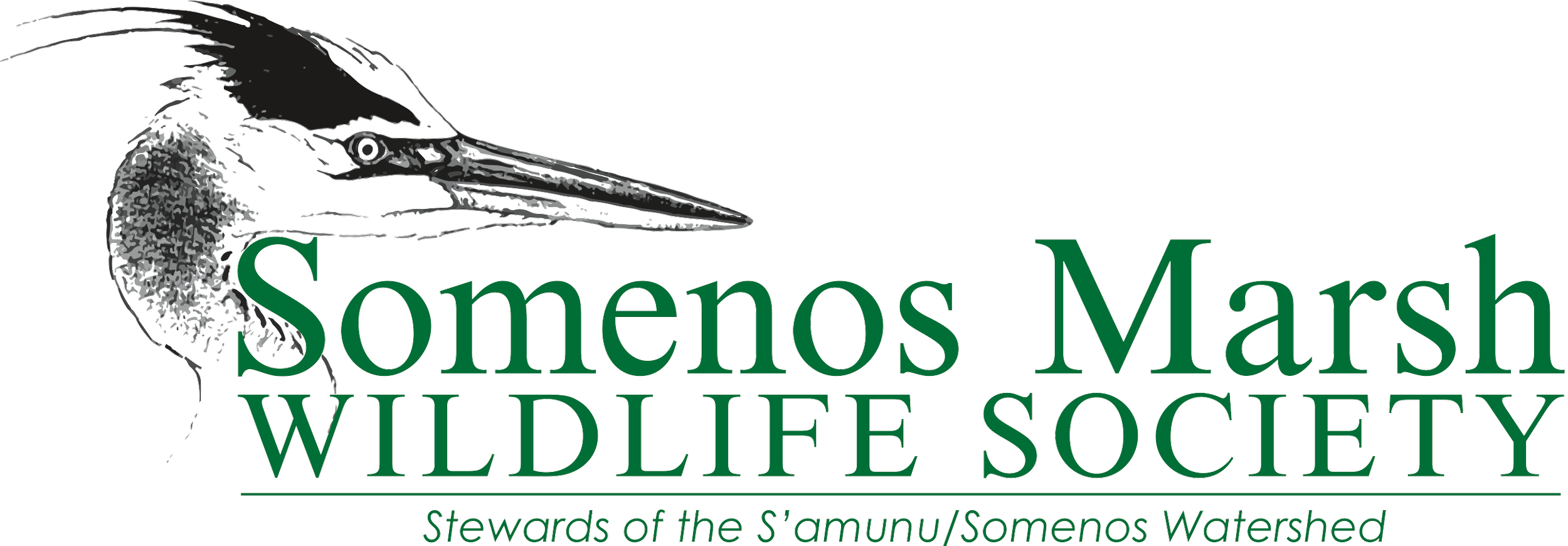S’amunu Watershed
The S’amunu Watershed is an important sub-watershed in the Cowichan Valley Watershed primarily due to its historical place as “the greatest salmon nursery on Southern Vancouver Island”. Streams originating from Swu’qus (Mt. Prevost) and Mt. Richards meet at Somenos Watershed, and then continue via Somenos Creek and the Cowichan River to the Cowichan Estuary. Salmon and trout access the S’amunu Watershed for both spawning and as a summer refuge while growing up. The stream riparian corridors are also wild highways used by many large mammals including the rare Roosevelt Elk, bears, cougars, and even wolves, who travel between seasonal food sources. Countless other bird, amphibian, aquatic, and insect species use the corridor as a transportation route for food and other needs.
Bings/Menzies and Averill Creeks drain the south side of Swu’qus into the west side of Somenos Watershed and Richards Creek, fed by Crofton Lake that sits atop Richards Mountain, flows into the north end of Somenos Watershed. All 3 streams are spawning grounds and summer homes for both Coho & Chum Salmon along with BC Blue-listed Coastal Cutthroat Trout. Salmon migration is limited to the lower reaches of Bings and Averill Creeks due to waterfalls while Coho spawn deep into the Richards Creek creekshed despite the poor water quality they encounter during migration there.
Over the last century and a half, past and current watershed land use practices have resulted in the degradation of tributary water quality that flows into Somenos Lake. These kinds of practices include the loss of forested mountain slopes from logging and industrial expansion, the narrowing of riparian areas due to urbanization pressures and relaxation of Riparian Area Regulation setbacks, as well as the ease of access for people who contribute to riparian area destruction, pollution, and garbage in the stream. This has led in turn to seasonal eutrophication of Somenos Watershed and persistent blue-green algae blooms in summer. An aquatic weed, Parrots Feather, now covers almost 75% of Somenos Creek’s 3km length.

